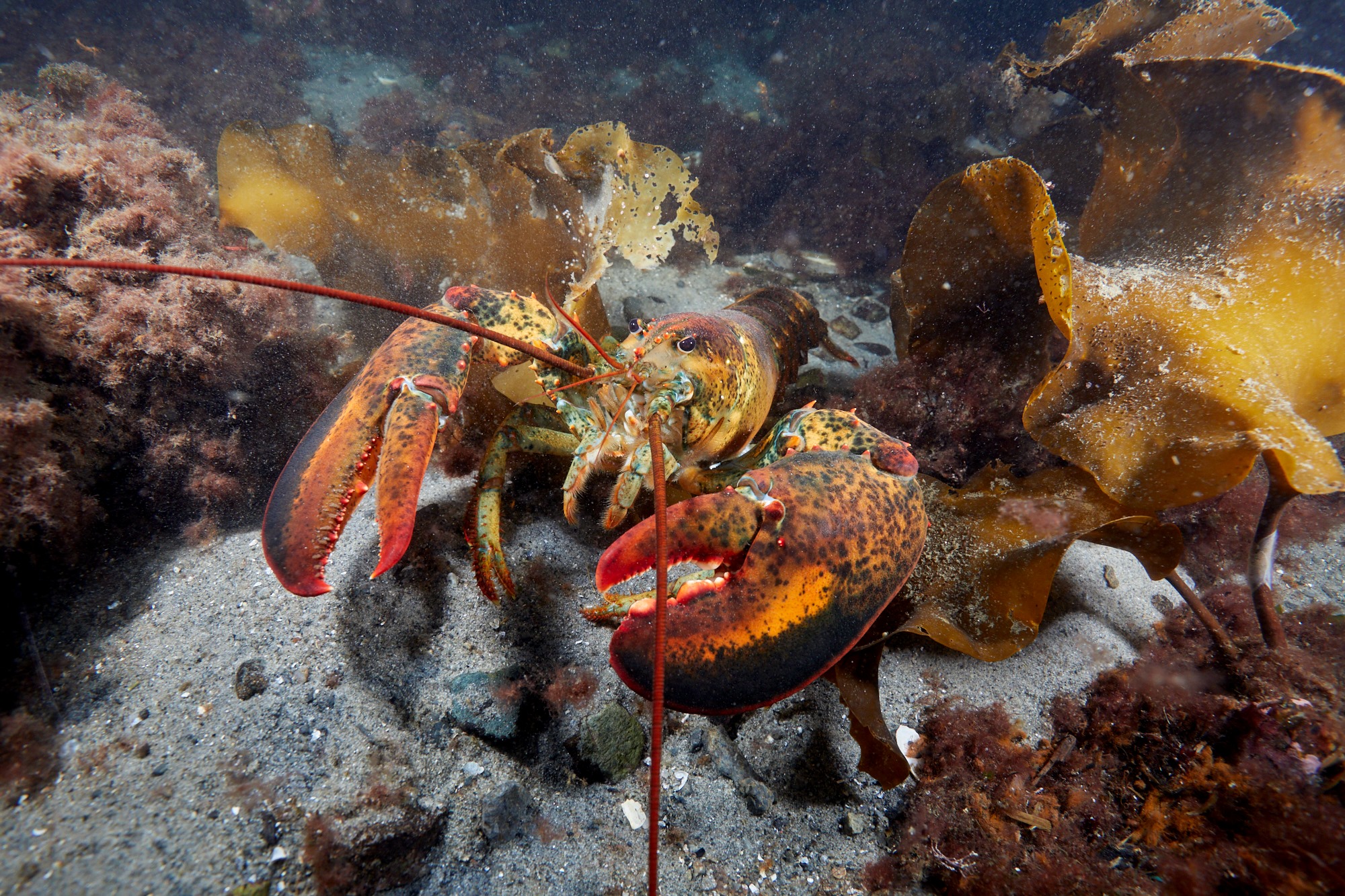By Andrea (Andie) Chan,
2019 Knauss Marine Policy Fellow,
NOAA Fisheries Office of Science and Technology
“When I was a boy and I would see scary things in the news, my mother would say to me, ‘Look for the helpers. You will always find people who are helping.’” – Fred Rogers
I pressed my SCUBA mask to my face as I back rolled off a small catamaran into the warm tropical waters of the Florida Keys. It was my first time SCUBA diving for my Ph.D. research, and I was eager to prove myself. I was starting a project on increasing our understanding of the reproduction and population sizes of pillar corals using genetic techniques, so I needed to collect small pieces of tissue from multiple colonies to bring back to the lab at Penn State. Fortunately, pillar corals at this dive site in Key Largo were conspicuous and prevalent. I swam along a 60 meter stretch of upward-reaching colonies that looked almost furry with their tentacles moving in the current. With great care, I took a small amount of tissue from several colonies to minimize wounding these animals – many of which were likely hundreds of years old.
Three years later, all of the pillar corals at that site and many others in the Florida Keys were dead.
Three years into my Ph.D., corals featured prominently in the news. Corals on the Great Barrier Reef were dying en masse. Eminent coral scientists were devastated, so much so that an article about their mental health challenges was published. I was spending long hours in the lab working on my research, hoping to be able to publish something soon. We were all taught early on in graduate school that the currency of success is authoring articles – the “publish or perish” mantra of academia. Alone in the lab at 10pm, I asked myself the big why. Why am I here? Why am I doing this? To help save the corals, I thought. I want to help save our marine resources for future generations to enjoy. This has always been my reason for embarking on a career in marine biology. Would publishing this article accomplish this? Who will read my publications? Other scientists (maybe). But then what? I knew the type of work I was doing was important because it allowed us to count how many unique corals and clones (essentially identical twins) were on a reef, which influences how resilient a reef is to large disturbances like disease outbreaks and climate change. But I wanted to see how research like mine is used by others to conserve our marine resources.
To learn more about how research, management and policy intersect in a government agency, I applied for the NOAA Sea Grant Knauss Marine Policy Fellowship – sponsored through Pennsylvania Sea Grant – and was fortunate enough to be accepted. In February, I began working in a dual position with both the National Stock Assessment Program and National Observer Program in The NOAA Fisheries Office of Science and Technology. While the National Observer Program supports fisheries observers that collect vital information including fish catch, biology, and abundance data, the National Stock Assessment Program supports the stock assessments that often use observer data to determine whether a stock is overfished.
For both of my programs, I work with dedicated teams at NOAA headquarters that coordinate with their respective programs at the six science centers (Alaska, Pacific Islands, Northwest, Southwest, Northeast, and Southeast). Although I have only been working at NOAA for a few months, it has been rewarding to work with a group of efficient, like-minded individuals who are passionate about promoting sustainable fisheries. Their passion and dedication is not only inspiring, but also makes me feel hopeful in the face of environmental problems. Before my fellowship at NOAA, I would read about the massive environmental challenges our world is facing and feel overwhelmed. We were already seeing the negative impacts of climate change, invasive species, microplastics, and oil spills, to name a few. But after working at NOAA and gaining a better idea of how the agency functions, I saw firsthand that there are whole teams of highly capable individuals working to solve each of these environmental problems. Alone, I could only do so much. But together, we can make real positive changes.
One of my main projects during my fellowship year is to determine how socioeconomic information can be used to improve fisheries stock assessments, thus improving the sustainability of our fisheries. An important first step of this project is to review the current literature. I am in the process of reading journal articles on the use of factors like fisherman behavior and price data in fisheries management to see how the choices fisherman make influence the number of fish that are caught, and the sustainability of fish stocks. Considering these factors influences the advice provided to managers of U.S. commercial fisheries. This venture is a great example of how many projects at NOAA involve synthesizing the best scientific information available to improve stewardship of marine resources.
My project and others at NOAA have provided me with firsthand experience in how basic research like my dissertation work can be applied to conserve marine resources. Before the Knauss Fellowship, I didn’t realize how integral government scientists are to bridging the gap between academia and management. Knowing how my discoveries could be used to help people working to conserve coral reefs worldwide has motivated me to keep publishing my graduate manuscripts. In the future, I intend to continue working on research projects with direct applications to marine resource management, hopefully with NOAA but potentially through another government agency or non-profit organization.
Want to know more about the pillar coral story? Read the published article here and follow me on twitter for more stories about my Knauss fellowship!


